Industry information
Company News
- Aluminum veneer customization: the ideal choice to meet your unique needs
- Fluorocarbon aluminum veneer: the new favorite of architecture, the weather resistant king has arrived!
- Aluminum veneer curtain wall: the metallic language of architectural aesthetics
- Fluorocarbon aluminum veneer: the fashionable choice for modern architecture?
- Unveiling the Charm and Secrets of Fluorocarbon Aluminum Veneers
Industry dynamics
- Precious painted 1.5mm aluminum veneer creates a unique wall
- Aluminum veneer customization, creating an exclusive personalized space
- How to ensure the processing quality of aluminum veneer?
- Aluminum veneer customization injects new artistic charm into buildings
- Beautiful and elegant 2.0mm aluminum veneer with excellent decorative effect
Frequently asked questions
- What are the applications of aluminum veneer in the construction industry and how can they be improved?
- What are the advantages and disadvantages of aluminum veneer compared to other metal materials?
- How to apply aluminum veneer in construction and interior decoration?
- What are the applications of aluminum veneer in the interior decoration industry and how can they be improved?
- What are the applications of aluminum veneer in the interior decoration industry?
contact us
Mobile:+86 15627778610
Email: 2201229786
Address: No. 5 Binjiang Road, High tech Zone, Zhaoqing City, Guangdong Province
How does the plasticity of aluminum veneer affect building comfort?
- Author: Lesilong Technology (Guangdong) Co., Ltd
- Release time: 2022-03-05 04:55:24
- Click:0

Aluminum veneerAs a new type of exterior wall decoration material, it has good plasticity and processing performance. The plasticity of aluminum veneer has a significant impact on its application effect in architectural exterior design. Let's take a detailed look at how the plasticity of aluminum veneer affects building comfort.
1、 Degree of freedom in design
Aluminum veneer has good plasticity and processing performance, and can be customized according to needs to achieve different styling effects. For example, aluminum veneer can be bent, folded, and other operations to create various unique shapes and patterns, enhancing the visual impact and artistic value of the building; Alternatively, by combining aluminum veneer with other materials, a more diverse and colorful architectural appearance can be created.
2、 Ventilation and insulation
Aluminum veneer has good breathability and insulation properties, which can be adjusted and changed as needed to achieve better ventilation and insulation effects. For example, by opening windows, punching holes, and other operations on aluminum veneers, their ventilation performance can be increased, improving indoor air circulation and comfort; Special treatment methods for aluminum veneer, such as surface coating and insulation materials, can also be used to achieve better insulation effects, reduce energy consumption and environmental pollution.
3、 Environmental Protection and Health
Aluminum veneer, as a green and environmentally friendly material, has excellent environmental and health performance. In architectural exterior design, the application of aluminum veneer can achieve more environmentally friendly design concepts and application scenarios. For example, aluminum veneer can be used as the main decorative material on the exterior walls of buildings to reduce their impact on the environment; Alternatively, by combining aluminum veneer with other materials, a healthier and more comfortable indoor environment can be created.
4、 Conclusion
The plasticity of aluminum veneer has a significant impact on its application effect in architectural exterior design. By selecting and applying aluminum veneer materials that meet the corresponding requirements and standards in a reasonable manner, more innovation and development opportunities and possibilities can be brought to the construction industry. It is also necessary to select aluminum veneer products and service providers that are suitable for local characteristics based on actual situations and specific needs, in order to ensure the safety, stability, and aesthetics of buildings.

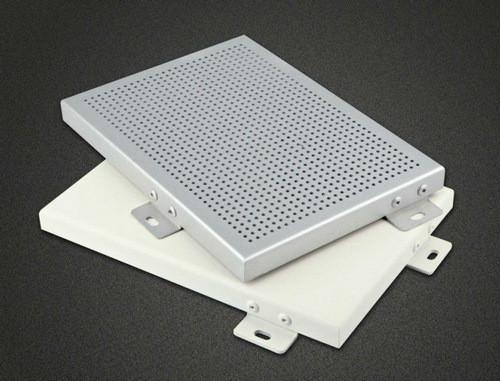
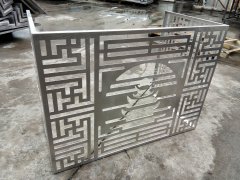
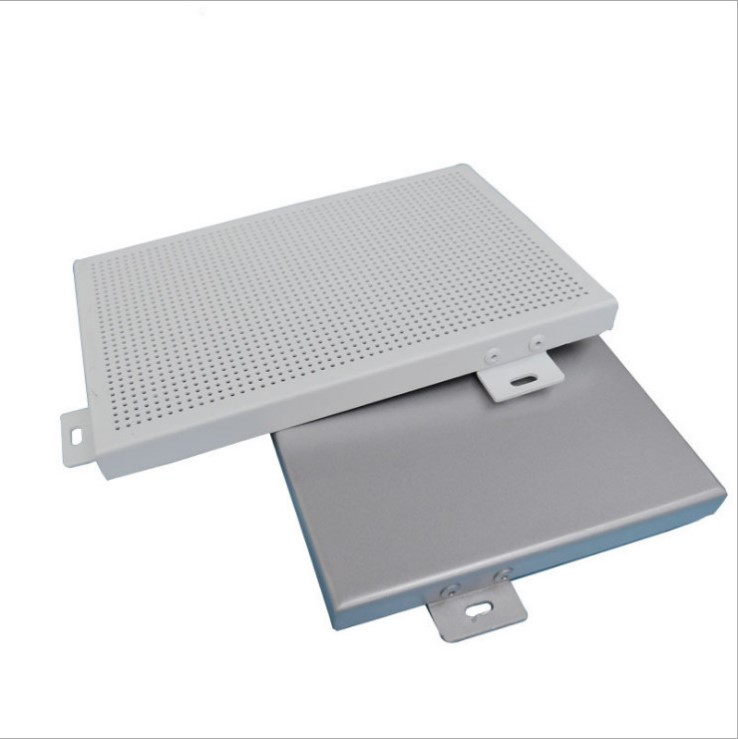
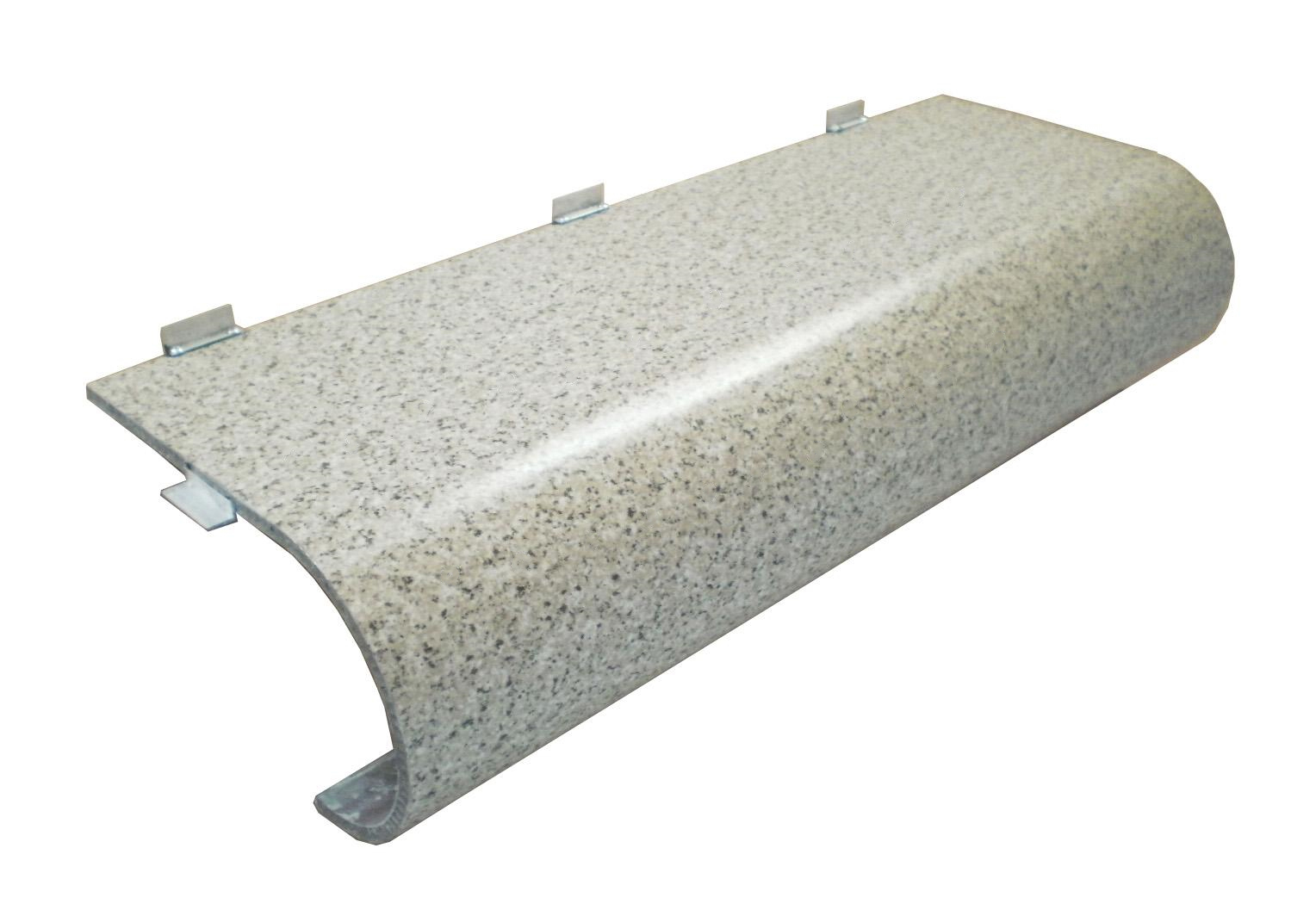
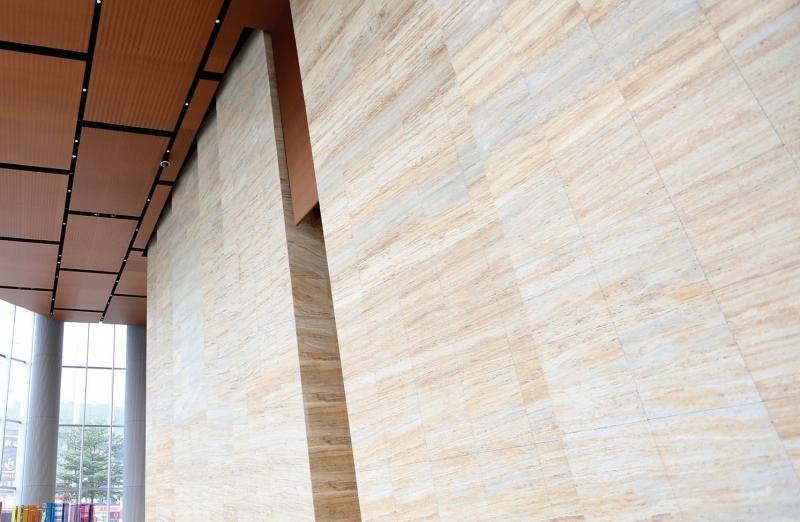
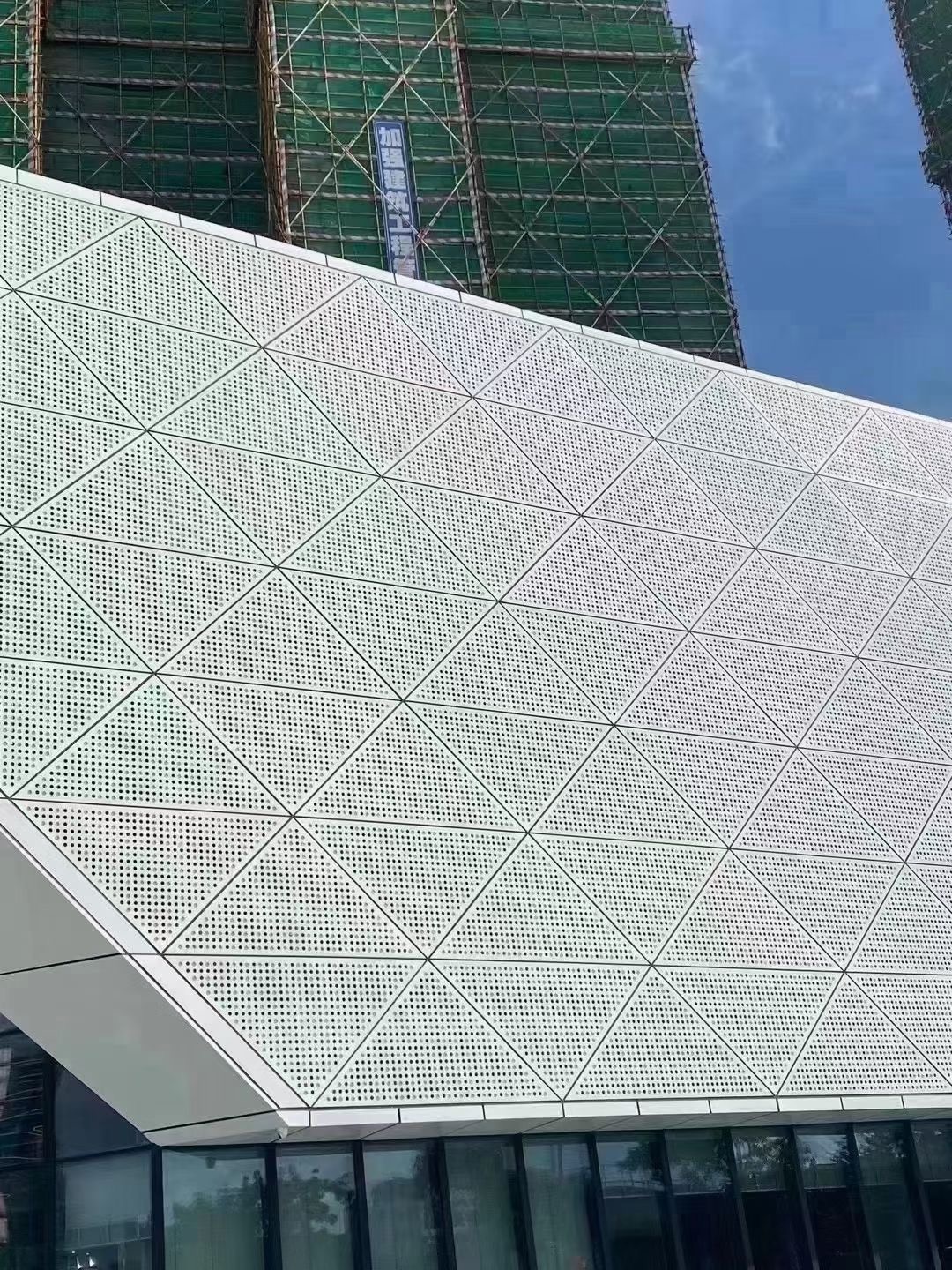
 Customer service QQ
Customer service QQ